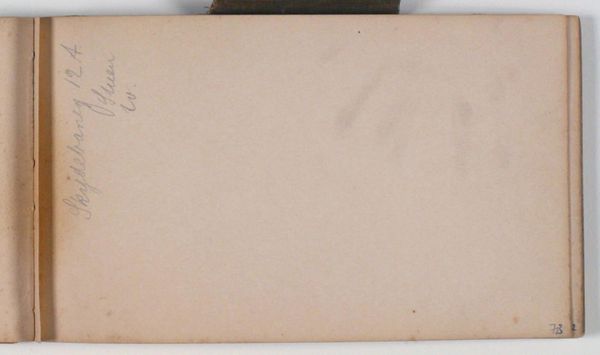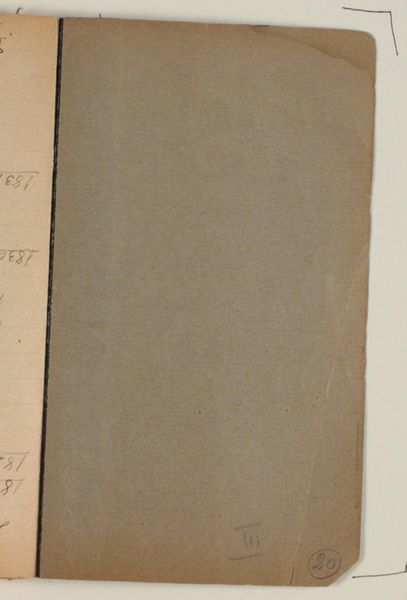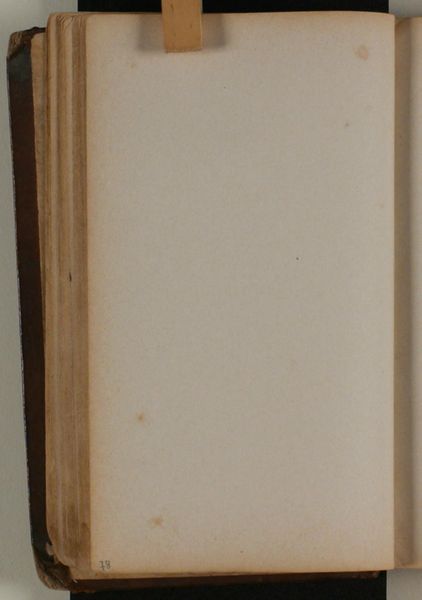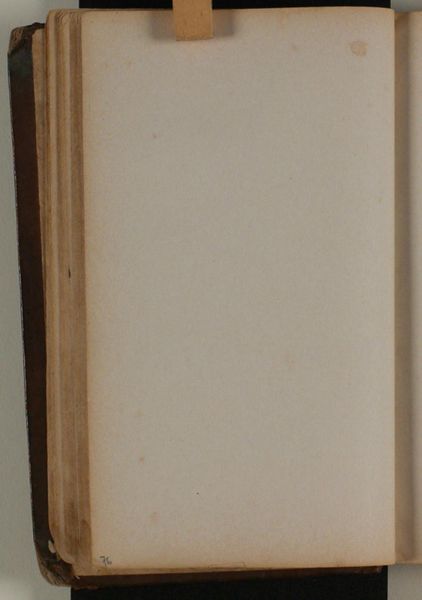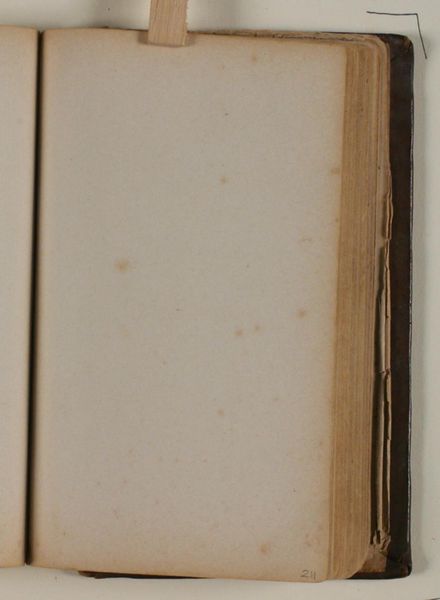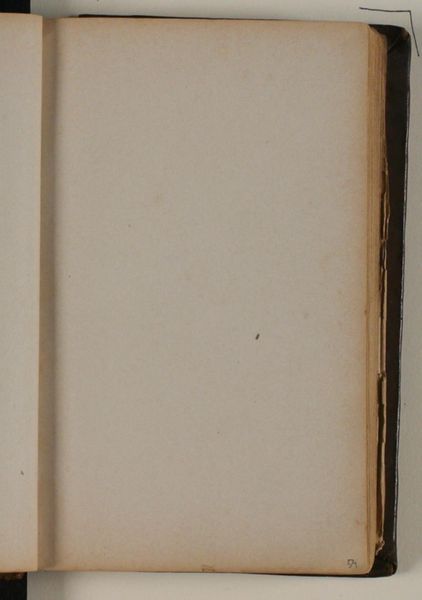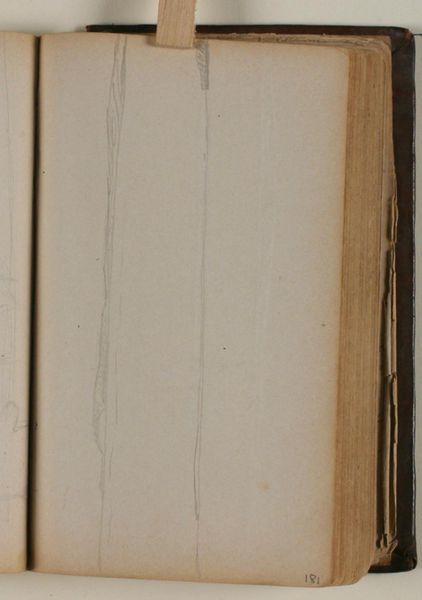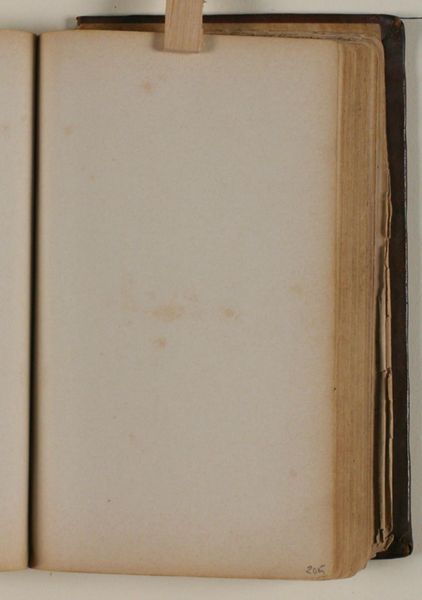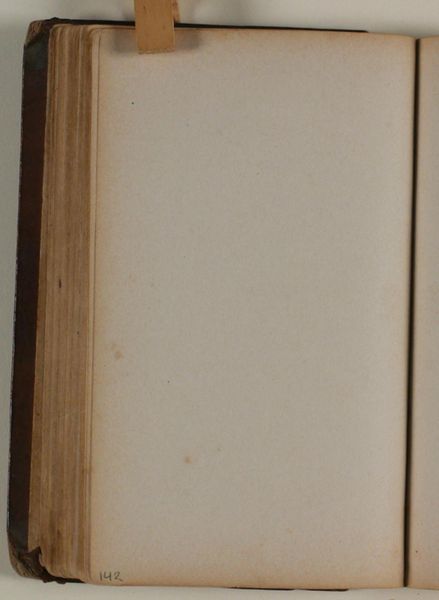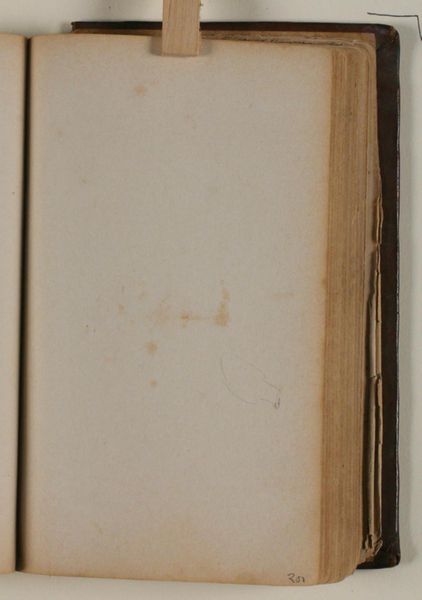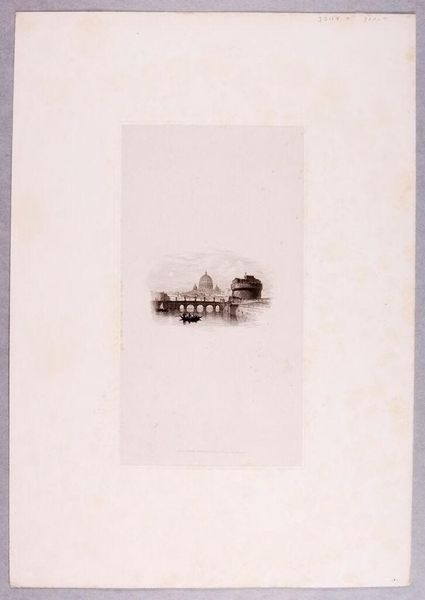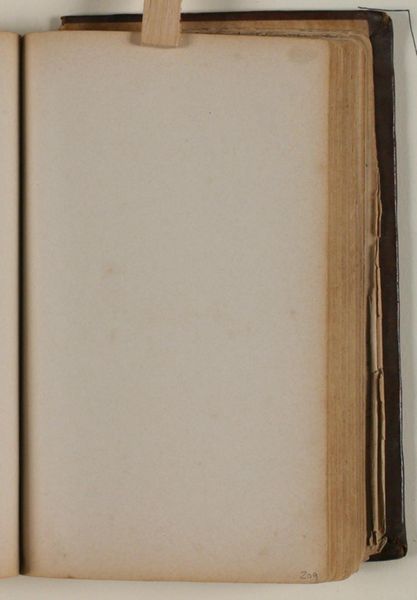![Goldweight [Horn] by Akan](/_next/image?url=https%3A%2F%2Fd2w8kbdekdi1gv.cloudfront.net%2FeyJidWNrZXQiOiAiYXJ0ZXJhLWltYWdlcy1idWNrZXQiLCAia2V5IjogImFydHdvcmtzLzY5NzU3MzE2LTBiMmQtNDUwNi1iZWUyLWU2ZDlmZGE4Mjc2MS82OTc1NzMxNi0wYjJkLTQ1MDYtYmVlMi1lNmQ5ZmRhODI3NjFfZnVsbC5qcGciLCAiZWRpdHMiOiB7InJlc2l6ZSI6IHsid2lkdGgiOiAxOTIwLCAiaGVpZ2h0IjogMTkyMCwgImZpdCI6ICJpbnNpZGUifX19&w=3840&q=75)
brass, sculpture
#
african-art
#
brass
#
sculpture
Dimensions: 1 5/16 x 1/2 in. (3.33 x 1.27 cm)
Copyright: Public Domain
Editor: This object, titled "Goldweight [Horn]," likely from the 19th or 20th century and attributed to the Akan people, appears to be made of brass. It's intriguing to think about such a small object carrying significant economic weight – a physical manifestation of trade. What’s most compelling about this gold weight to you? Curator: Well, this goldweight’s beauty belies a fascinating system of economic and social power. Think about the role of brass. It wasn’t a material the Akan necessarily had direct access to; its presence speaks to trans-Saharan and eventually European trade networks. What does it mean that trade, even at a small scale, becomes intertwined with artistic expression? Editor: That's a great point! So, the horn shape – is that significant? Curator: Absolutely. The horn in Akan culture often signifies power, prestige, and communication. Horns are sounded during ceremonies, announce the presence of chiefs, and act as a voice for the community. What does it imply to link those notions to trade and wealth? Is it about legitimizing wealth, or suggesting trade can amplify community power? Editor: I guess it elevates the simple act of weighing gold to a symbolic act, loaded with cultural meaning. It makes me wonder about the individual who owned this – what their role was in their community. Curator: Precisely! It speaks volumes about the choices people made and what they wanted their objects to represent in a society undergoing transformation due to external influences. How do such seemingly utilitarian objects reinforce and reshape the cultural landscape? Editor: It's more than just a weight; it's a historical artifact loaded with information. Now, I see how much one object can teach you! Curator: Indeed. Everyday objects offer such amazing insight when we ask questions about power, access, and social meaning!
Comments
No comments
Be the first to comment and join the conversation on the ultimate creative platform.
